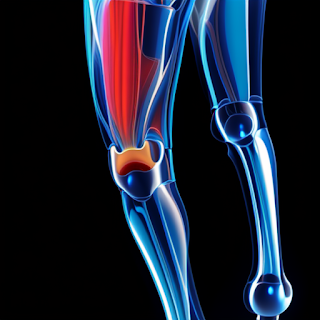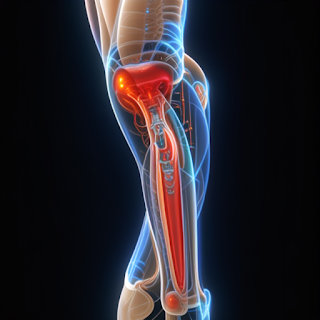Basal Joint Arthritis: Exploring Surgical and Non-Surgical Treatment Options

Basal joint arthritis, also known as thumb arthritis, can cause significant pain, stiffness, and functional limitations in the thumb joint. When conservative treatments fail to provide relief, individuals may consider surgical or non-surgical options. In this article, we will explore both treatment approaches for basal joint arthritis, including their benefits, considerations, and potential outcomes. Non-Surgical Treatment Options: 1. Medications: Nonsteroidal anti-inflammatory drugs (NSAIDs) and acetaminophen are commonly used to manage pain and reduce inflammation associated with basal joint arthritis. These medications can provide temporary relief, but they do not address the underlying cause of the condition. 2. Splinting and Bracing: Wearing a splint or brace can offer support and stability to the thumb joint, reducing pain and limiting movement. These devices can be particularly helpful during activities that aggravate symptoms. However, splinting is a conservative measure that d...

